UPGRADING TO LED LIGHTING FOR
SPORT FIELDS AND INDUSTRIAL AREAS:
WHAT YOU NEED TO KNOW
Switching to LED lighting is a smart, future-proof investment for sports clubs, municipalities, and industrial operators. LEDs provide energy savings, superior optics, and longer lifetimes compared to traditional HID or sodium systems.
To get the best results from your LED upgrade, careful planning is key. With the right approach, you’ll ensure compliance, maximize performance, and avoid unnecessary costs. Here are the essential factors to consider, along with proven solutions that lead to success.
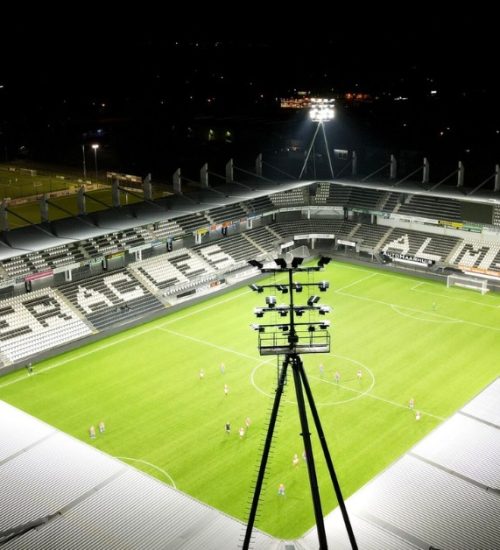
1. Choose purpose-built LED fixtures for sports & industry
Not all LEDs are created equal. Many facilities install parking-lot or warehouse floodlights on sports fields or high-mast poles, thinking “a floodlight is a floodlight.”
- Generic fixtures cause glare, dark patches, and uneven illumination.
- Athletes may be blinded, referees make mistakes, and workers face safety risks.
- Spectators and broadcasters get a poor visual experience.
Solution: Use sport- or industry-specific LED projectors with advanced optics and anti-glare technology. These ensure precise, uniform lighting across the whole field or site.
2. Ensure compliance with lighting standards
Lighting is governed by strict rules and certifications:
- Sports: Standards such as EN 12193 (Europe) and federation requirements (FIFA, UEFA, FIBA, etc.) define minimum lux levels, uniformity, and glare limits.
- Industrial: Ports, airports, and logistics hubs need round-the-clock illumination that meets workplace safety regulations.
Skipping these requirements risks non-certification, fines, or safety hazards.
Solution: Always design lighting systems that meet local and international standards. Compliance ensures safety, playability, and long-term approval.
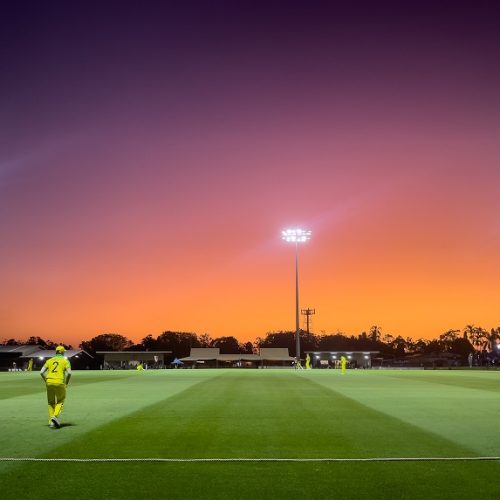
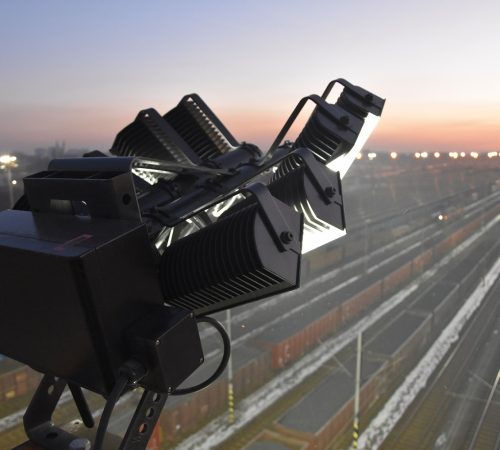
3. Design a new layout optimized for LED technology
Many facilities simply replace old HID fixtures with LEDs in the same positions, angles, and mounting heights. This is a serious error.
- Traditional lamps had wide, unfocused beams, while LEDs use precision optics.
- Old layouts often create overspill, dark zones, or wasted energy.
Solution: Conduct a professional lighting study (photometric simulation) to design the right number of fixtures, optimal aiming angles, and pole heights tailored to your site.
4. Prioritize glare control and precise light distribution
Excess glare not only frustrates athletes but can also reduce safety in industrial areas. Meanwhile, uncontrolled light spill can disturb neighbors or breach environmental laws.
Solution: Choose fixtures with low-glare optics and shielding that direct light exactly where it’s needed. Advanced design minimizes both spill and complaints.
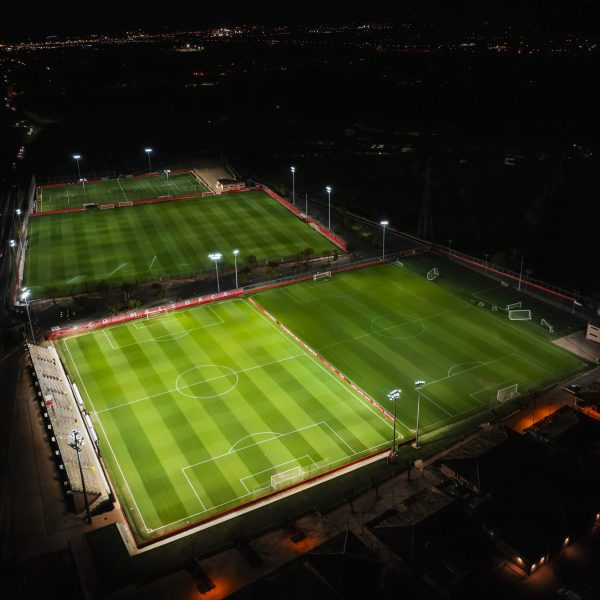
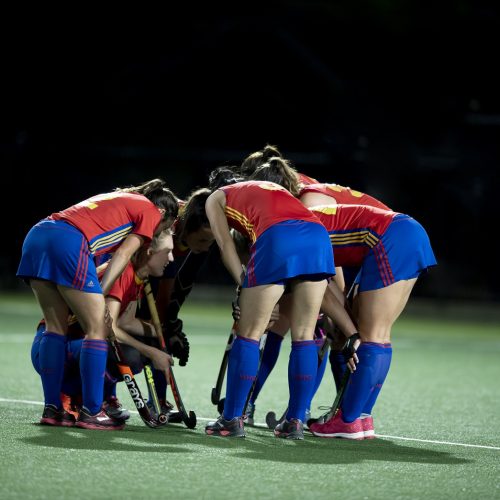
5. Maximize efficiency with smart lighting controls
Yes, LEDs consume less energy, but if you run them at full output 100% of the time, you waste a big part of their efficiency.
- Training doesn’t need match-level brightness.
- Industrial areas may only need zones lit during operations.
- Manual switching increases costs and shortens lifespan.
Solution: Integrate smart lighting controls: dimming, zoning, timers, and remote management. These can cut energy use by an extra 30–50% while extending fixture life.
6. Upgrade to broadcast-quality lighting for sports excellence
For competitive sports, especially those broadcast on TV, light uniformity and color rendering are crucial. Poorly chosen fixtures can result in flicker, shadows, or uneven light levels, which is unacceptable for televised matches.
Solution: Invest in broadcast-ready LED systems with flicker-free performance and high color rendering index (CRI) for true-to-life visuals.
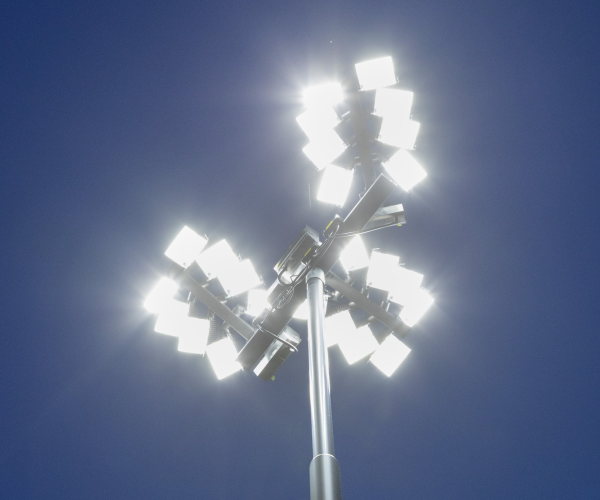
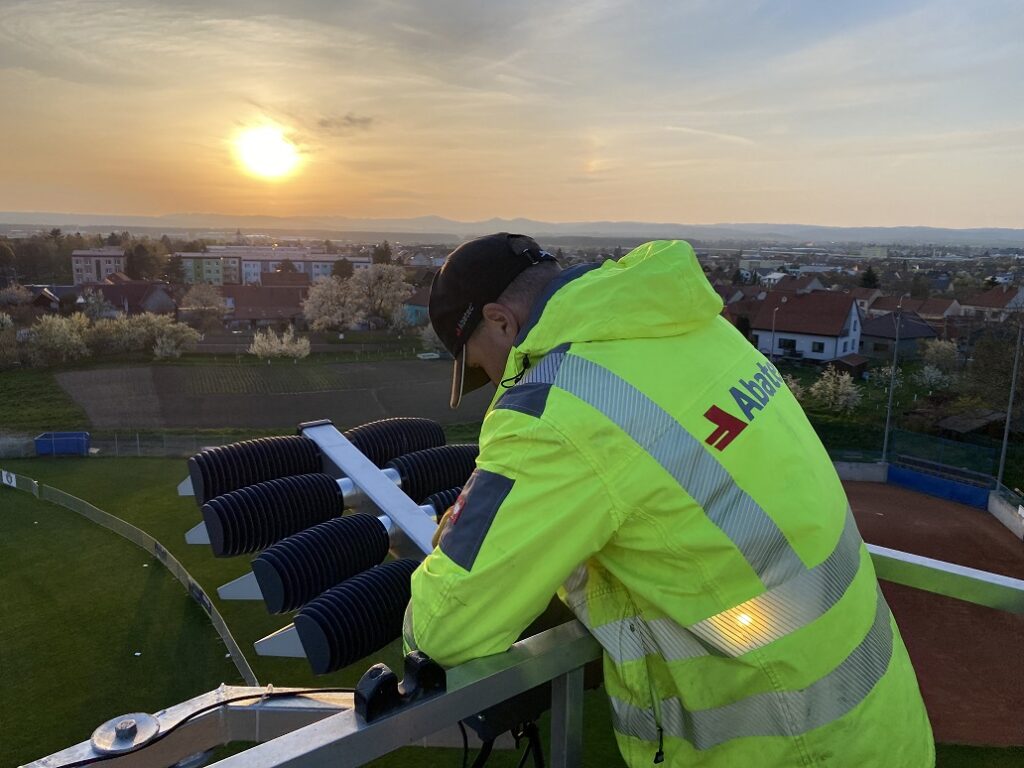
7. Invest in long-lasting,
low-maintenance LED systems
Not all LED products last equally long. Low-quality fixtures may degrade within a few years, forcing replacements that eat into your savings.
Solution: Select industrial-grade LED systems with proven lifetimes, robust housings, and low-maintenance designs. Always factor in total cost of ownership rather than just upfront price.
8. Achieve maximum energy
savings with intelligent LED
lighting
Switching to LEDs is a great start, but without dimming and adaptive controls, you miss out on their full potential. Energy waste still happens if lights stay on when not needed.
Solution: Pair LEDs with intelligent energy management systems. These adapt light output to usage patterns, saving up to 80% compared to traditional floodlighting.
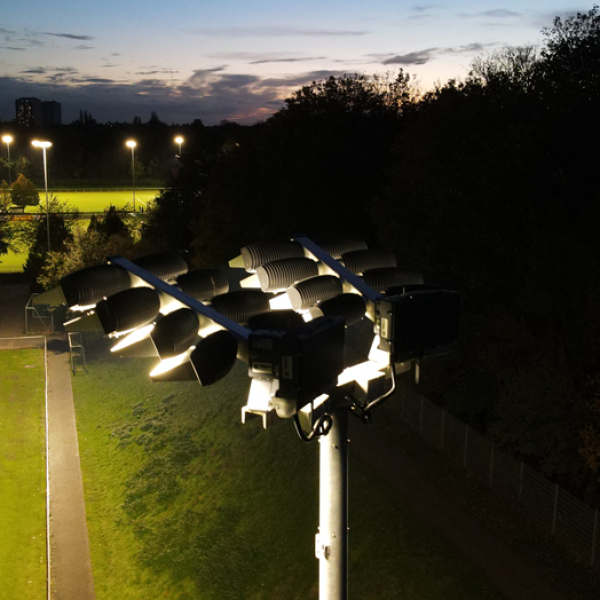
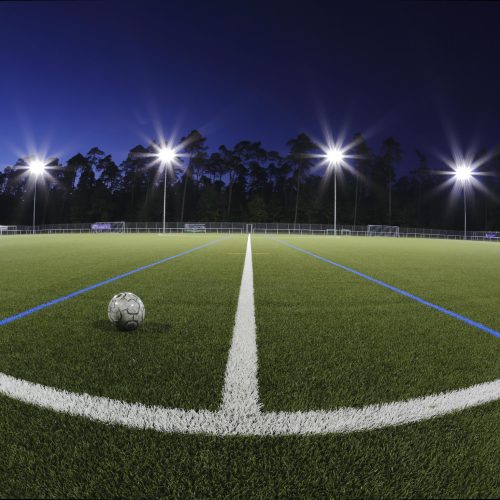
9. Work with experienced LED specialists for best results
Perhaps the biggest mistake: treating an LED upgrade as a simple “bulb replacement.” In reality, it’s a technical project that impacts safety, compliance, and performance for decades.
- The wrong supplier may overlook standards or spill control.
- Mistakes here can lock you into long-term inefficiency.
Solution: Partner with a specialist in sports and industrial LED floodlighting. A professional team designs, installs, and certifies systems that are compliant, efficient, and reliable.
Upgrading to LED lighting for sports fields and industrial areas is a reel opportunity to improve performance, safety, sustainability, and long-term cost efficiency. By choosing the right fixtures, ensuring compliance with standards, designing layouts tailored to LED technology, integrating smart controls, and focusing on quality and reliability, you create a system that is future-proof and delivers exceptional value every day.
Looking for the right partner to guide your LED lighting transition?